Wondering how to grow napa cabbage? As a fairly heat-tolerant brassica, napa brings resilience and flavor to your garden.
I love this stuff! It's got numerous culinary possibilities, and I find it to be a really tough and vigorous cabbage here in the low desert.
Obviously finding crops and varieties that can actually withstand the scorching desert inferno is often far from easy.
Luckily I've found napa aka "Chinese" cabbage works great in the Sonoran Desert!
Disclaimer: This post may contain affiliate links. Refer to the privacy policy for more information.
Let's talk about what strengths and benefits this stuff will bring to your garden, and some creative ways to cook with napa.
What's So Good About Napa Cabbage?
Napa cabbage, also known as Chinese cabbage or celery cabbage, is a leafy vegetable with a mild, slightly sweet / slightly bitter flavor.
Its elongated shape and tightly packed leaves make it a perfect candidate for stir-fries, salads, and, my personal favorite, soups!
Did you know that this Chinese cabbage is often the star ingredient in traditional Asian soups like kimchi jjigae and hot pot? That's right! Its ability to absorb the flavors of the broth while maintaining a satisfying crunch can be other-worldly once you learn how to cook it right!
Napa Cabbage: A Heat-Tolerant Gem
Living in the desert, extreme heat and dry conditions are a big challenge for those of us who choose to garden here.
I was so happy once I tried growing napa cabbage here on a whim though, it has definitely proven to be a reliable performer in my desert gardens!
With its heat tolerance, napa cabbage can be sown as early as September, enduring the warm autumn days and growing vigorously through the mild winters.
Personally I've found napa to be a great vegetable to start early in the fall. It does better in the heat than most brassicas, and can continue growing late into the spring.
It can provide a continuous harvest until late spring, or multiple successions can be planted for whole-head harvesting all winter long.
Because of its comparative heat tolerance relative to most brassicas, it has this great extended growing season in Southern Arizona. This means fresh and nutrient-dense greens during a time when other brassicas and leafy greens may struggle to survive.
As a regenerative gardener, having napa cabbage as a heat-tolerant option in my toolbox has been a game-changer!
...except that one time a rabbit chewed all my napa down to stumps over and over again -_-
Dehydrating Napa Cabbage
One of the remarkable qualities of napa cabbage is its utter versatility in the kitchen. Apart from enjoying it fresh, you can easily dry napa cabbage to preserve its flavors for future use!
Dried napa cabbage adds a delightful umami-rich punch to soups, stews, and stir-fries.
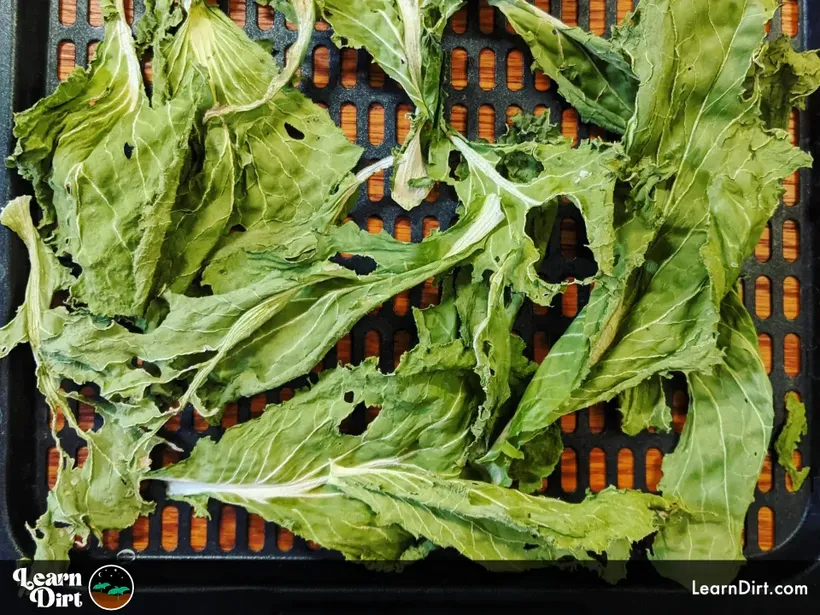
To dry napa cabbage, simply slice it into thin strips, blanch briefly in boiling water, and then spread it out to dry in a well-ventilated area or use a food dehydrator.
Once dried, store it in an airtight container, and you'll have a secret ingredient at your disposal to elevate the flavors of your favorite dishes.
I often crumble dehydrated Chinese cabbage into my soups and stews and it can really send a broth over the top.
How to Grow Napa Cabbage in the Sonoran Desert
To successfully grow napa in the desert, start by selecting a suitable location in your garden that receives at least six hours of sunlight - no problem in the desert!
Prep 'yer soil by working in organic matter and ensuring proper drainage. Consider a moisture retention element in smaller planters.
Napa cabbage prefers slightly acidic soil like most vegetables - around a 6.5 pH.
The native soil around where I am in Tucson is extremely alkaline, with a 9.0+pH.
You can utilize sulfur to help cut that alkalinity back in the short term, though long-term a healthy soil biome will generally buffer and balance its pH naturally.
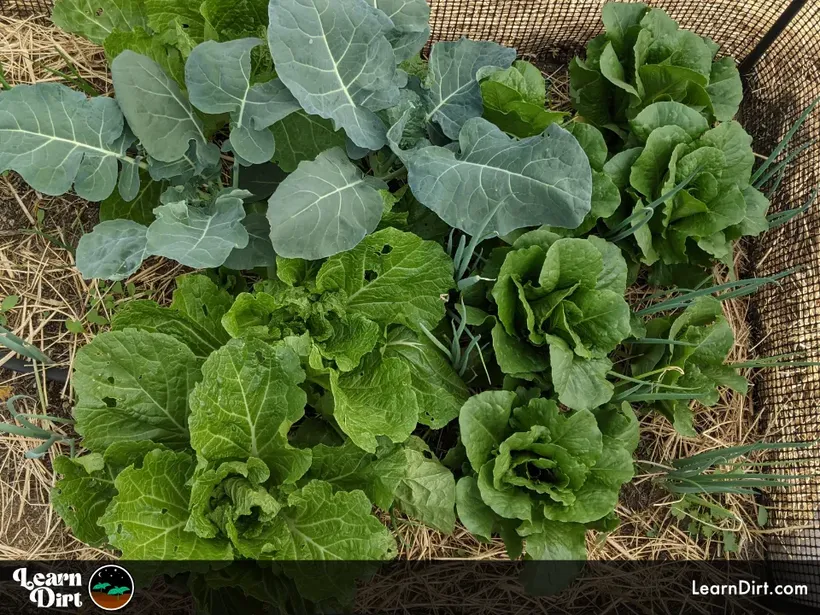
And will thrive from September through April
Our soil is also extremely sandy, so adding compost and organic matter can be a big help towards creating ideal growing conditions. Organic matter will turn sandy soils into spongy soils which can absorb and hold onto moisture.
Sow the seeds directly into the prepared soil, keeping them moist throughout the germination process.
I love sowing napa indoors too, to get a jump start on the fall season in August.
Thin the seedlings to allow enough space for growth, and provide consistent watering to keep the soil evenly moist.
Mulching heavily around the plants can help conserve moisture and regulate soil temps and you're off to the races!
Embracing Napa Cabbage's Potential
This stuff not only excels in the taste category (imo) but also kills it with exceptional nutrition. It's a great source of vitamin A, C, calcium, iron, and fiber. What's not to like?
There are so many recipes and cooking methods for napa out there that you can experiment with and fully appreciate the versatility of Chinese cabb.
I dig stir-frying it with my favorite vegetables, but you can also ferment it into homemade kimchi. That one's on my todo list, I love a good kimchi!
Some folks use napa as wraps for their favorite fillings. Still haven't thought through what I'd wrap yet but I'll report back when I've given this idea a try.
Last Thoughts...
You gotta love napa's ability to withstand Tucson heat during the shoulder seasons, while also growing wonderfully through winter frosts. It's unstoppable in the low desert!
Anything that eats great and can manage to thrive in the arid conditions of Southern AZ make it an invaluable addition to a desert gardener's repertoire.
Don't forget about those nutritional benefits, and you can see why I'd actually spend time writing about and vouching for napa cabbage.
This really is a vegetable worth celebrating as we work towards learning to live in harmony with the planet and nurture our desert landscapes.
Happy cabbage gardening, and bon appétit!








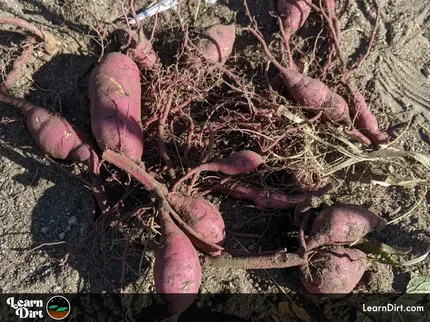
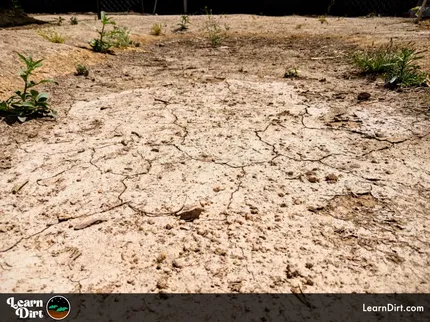
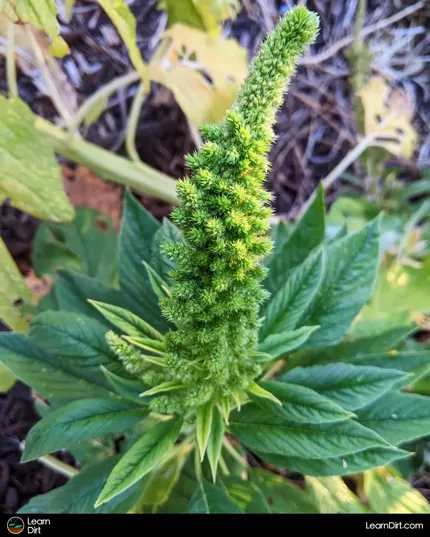
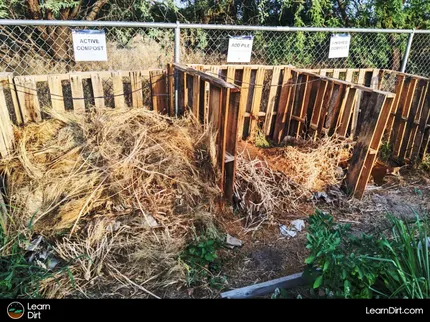
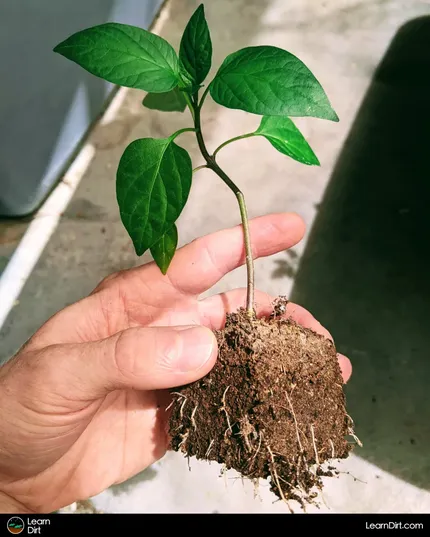
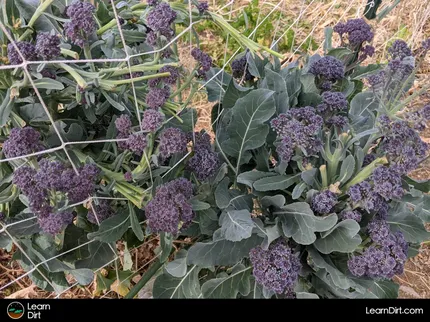
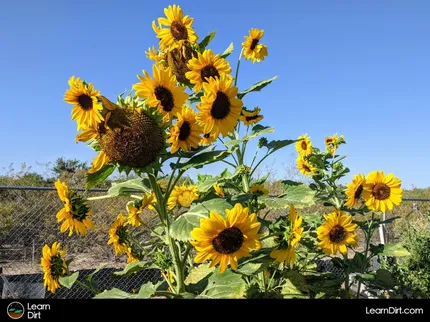
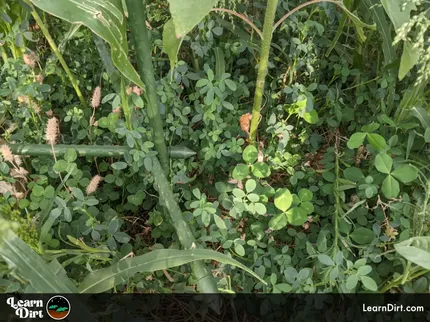
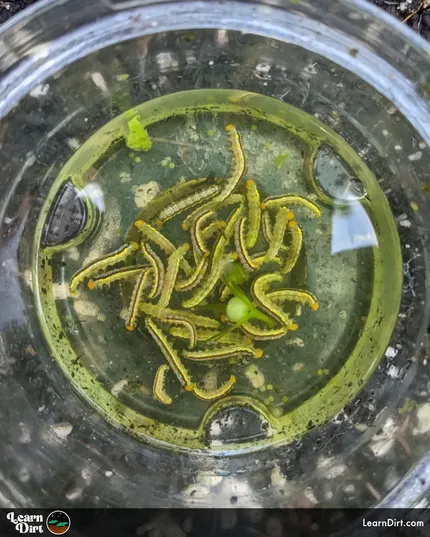
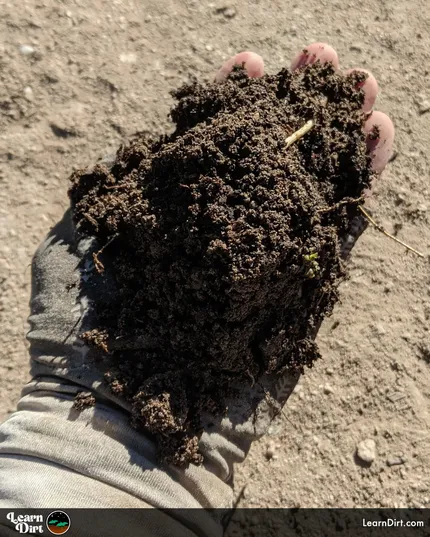




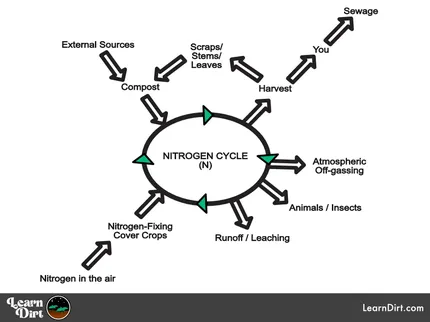

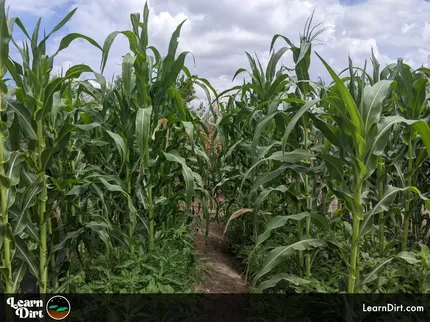
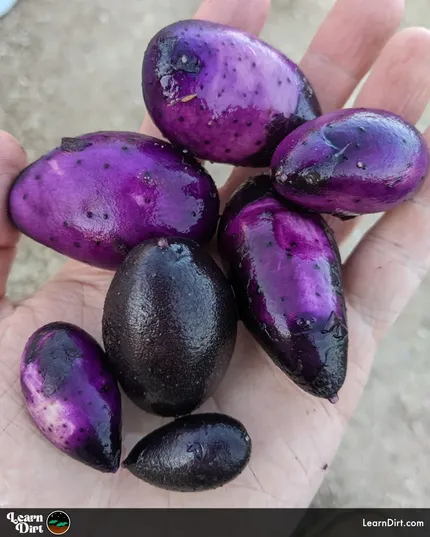
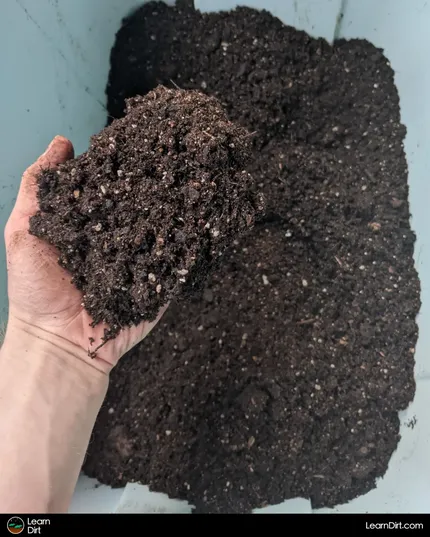
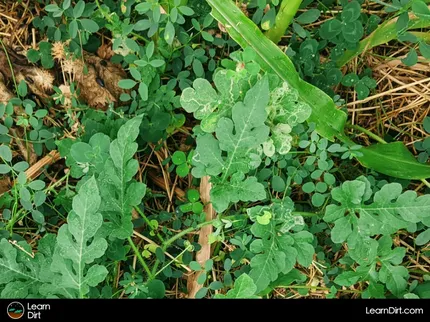
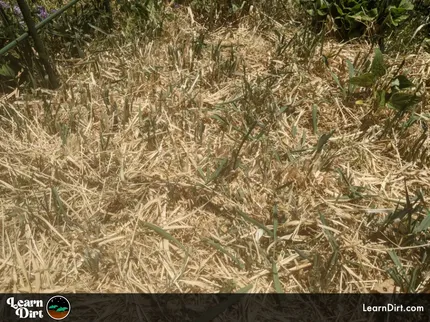

Leave A Comment:
Under construction, please check back soon!